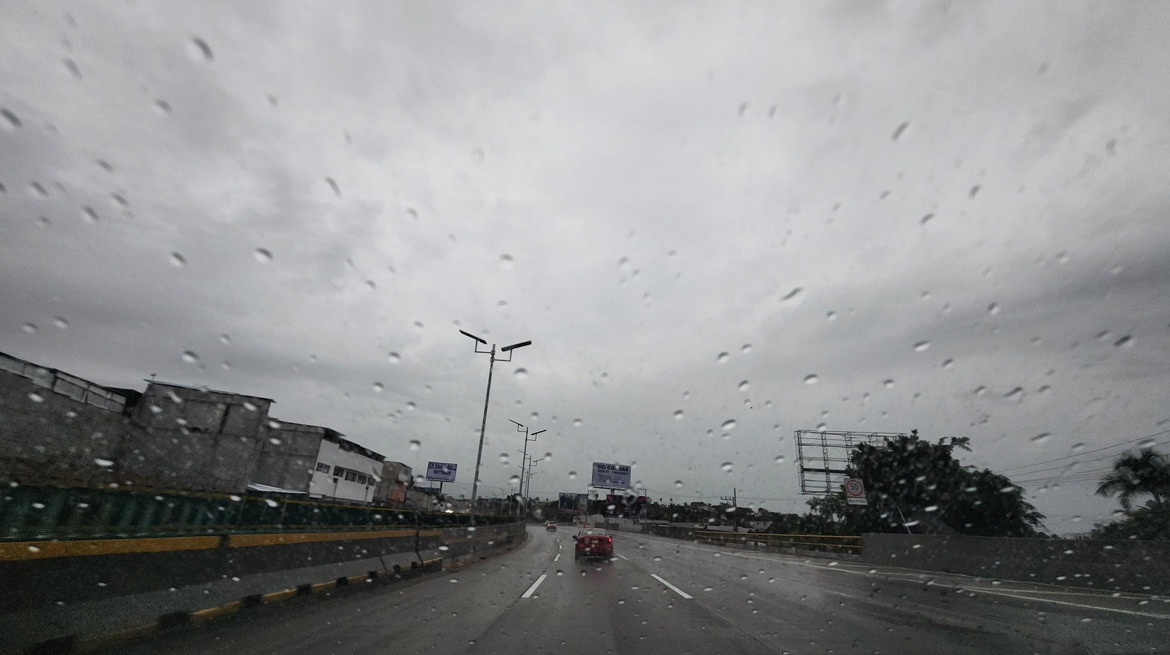Introduction
Indian monsoons are crucial for agriculture and water resources but are now undergoing rapid changes due to climate change, with a rising frequency of flash floods. (1) Mumbai, lined by the Arabian Sea and built on reclaimed islands, faces significant public health threats from these changing patterns.
Public health risks during monsoons
- Vector-borne diseases: Increased rainfall creates mosquito breeding sites, elevating risks of Malaria, Dengue, and Chikungunya. Cases of leptospirosis rise due to waterlogging, especially in the slums.
- Gastrointestinal diseases: Water contamination and sewage overflow contribute to outbreaks.
- Accidents: Risks include drowning, building collapses, vehicle entrapment, electrocution, and landslides.
- Mental health: Witnessing the loss of life and property can lead to yeah grief, anxiety, anger and potential mental health disorders.
- Damage to health facilities: Hampers service delivery, further worsening the crisis.
- Misinformation and panic: Rumours, like those in the 2005 deluge, can escalate panic and cause fatalities. (2)
55% of Mumbai’s population lives in slums, making them especially vulnerable to the impact of these monsoon-related risks.
What is monsoon preparedness?
It is a comprehensive set of measures taken to anticipate, respond to, and mitigate the adverse effects of heavy rainfall, aiming to safeguard life, property, and essential services.
Role of the health department
The Public Health Department conducts intensive IEC campaigns in the community to prevent monsoon-related illnesses. Standard protocols are disseminated for the management of fever cases. The Metropolitan Surveillance Unit (MSU) monitors disease trends daily and suggests necessary actions.
Mumbai has adopted the “1-3-7 strategy” for malaria control:
Day 1: Case confirmation, notification and treatment initiation
Day 3: Case investigation and classification
Day 7: Investigation and elimination of vector foci
To achieve this, the Malaria Department conducts fever surveillance, actively through door-to-door surveys via its network of Malaria investigators and inspectors, and passively at the health facilities. To achieve a maximum decrease in the number of infective vectors, they work closely with the corporation’s Pest Control Officer (PCO) to identify and treat mosquito breeding sites. The PCO uses spot maps to identify breeding hotspots and imposes penalties for breeding site formation.
The city employs Safety Officers at construction sites and provides health cards, mosquito nets, and education on personal protective measures to site workers. Doctors are appointed for health assessment and management of fever cases. Advisories are issued to builders for site correction to control malaria and dengue. Notices are issued to slum and non-slum settlements to prevent breeding sites and notify fever cases to nearby health posts.
Role of medical colleges:
Medical colleges have institutional strategies for monsoon preparedness. At KEM, the Office of Routine Maintenance (ORM), along with the Department of Community Medicine, works to identify, treat and eliminate breeding sites. The hospital campus is mapped into zones and inspected daily for breeding sites. The identified sites are eliminated or treated chemically. If there is water collection due to leakage from a device such as an AC or water cooler, help is sought from the engineering department for repair. At the residential quarters, IEC activities are arranged and posters are displayed in key areas.
Role of the engineering departments
Multiple departments collaborate, with the Disaster Management Cell at the centre. It has control rooms across all administrative wards and maintains close contact with Mumbai’s Indian Meteorology Division office. (4) Automatic Weather Stations (AWS) at 60 locations provide live rainfall updates every 15 minutes, supporting a graded response system. Flowmeters in major water bodies like the Mithi River issue alerts for high tides, prompting evacuation of low-lying areas. Live updates are provided to citizens through its website, app and social media. (5)
Every year, desilting activities begin in March, removing approximately 10-13 lac metric tonnes of silt from water bodies, drains and nullahs, allowing the drainage of water out of the city, into the sea. The Stormwater, Sewerage and Railway departments play primary roles. Dewatering pumps are installed and drainage system improvements are undertaken. (5)
The Waste Management department ensures timely garbage removal and cleaning of beaches. The Garden department removes dead and dangerous trees, while BEST provides emergency assistance. The Fire Brigade trains rescue teams, connecting extensively to ambulances and hospitals. The Education Department equips schools with emergency supplies and communicates high tide-related information to parents. (5) The MMRDA has set up a control room for residents to report issues related to their development projects. (6) Potholes on the roads are filled. The Mumbai Traffic Police disseminate important information and provide immediate help at major junctions. Residents of old and dilapidated buildings are rehabilitated if required. The NDRF teams are kept on standby as a precautionary measure. (5)
Conclusion:
In conclusion, monsoon preparedness in Mumbai is a collaborative effort between the administration, the health department, forecasting and research and responsible citizens. With the announcement of the “Zero Casualty Mission” by the Chief Minister of Maharashtra, Shri Eknath Shinde, for the 2024 monsoon season, the city aims to minimize fatalities and ensure public safety amid predicted above-average rainfall. (7)
References:
- Prabhu S and VC. Decoding India’s Changing Monsoon Patterns: A Tehsil-level Assessment. . New Delhi: Council on Energy, Environment and Water. 2024;
- Kshirsagar N, Shinde R, Mehta S. Floods in Mumbai: Impact of public health service by hospital staff and medical students. Journal of Postgraduate Medicine Preview publication details. 2006;52(4).
- World Health Organization CO for I. Malaria elimination programme review, India 2022 [Internet]. New Delhi; 2023. Available from: http://apps.who.int/bookorders.
- Disaster Management Department, Brihanmumbai Municipal Corporation (BMC).
- Disaster Management Department BMC (BMC). Flood preparedness guidelines 2023. 2023.
- Express News Service. MMRDA’s monsoon preparedness: 300 engineers, workers to ensure safety at Metro sites. The Indian Express Pvt Ltd . 2024 May 31;
- Express News Service. Maharashtra CM Shinde announces ‘zero casualty mission’ for monsoon to prevent loss of life or property. The Indian Express. 2024 May 24





Nice information for common public on the collaborative activities undertaken by state government. I think this should boost the individuals also to play their role as a responsible citizen.